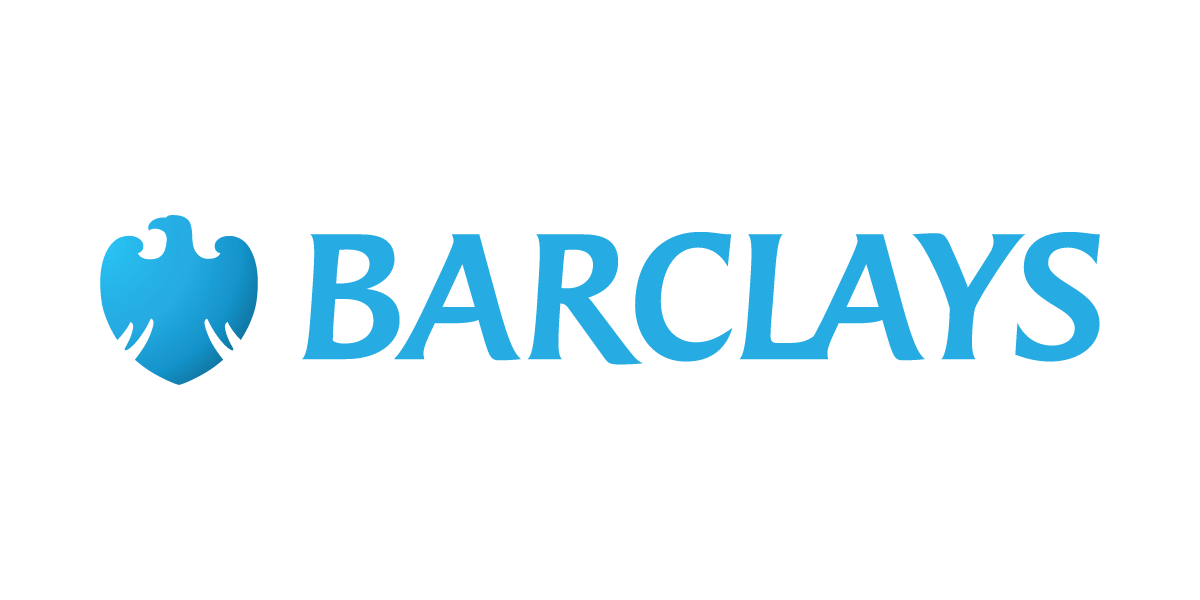The Bank of England (BoE) last week increased its base rate to 1.75% from 1.25%. This was the sixth consecutive rise in interest rates, taking it to the highest level since the credit crunch in 2008.
But as many temporary professionals are asking us, writes John Yerou, chief executive of Freelancer Financials, what does this significant leap mean for borrowers who are contractors?
Up, up and away
Struggles facing the economy have led to a prediction of 13% inflation by the end of 2022. Economists reckon it could potentially reach 15% in 2023. These figures are far cries from the BoE’s target inflation rate of 2%.
These predictions, against a background of soaring energy bills and spiralling food prices, have forced the BoE’s hand.
Over the last three quarters, the bank’s Monetary Policy Committee has steadily nudged up interest rates from its historic low of 0.1%. This week’s 0.5% increase, however, represents a more forceful move as the BoE grapples to contain inflation.
Additional rate rises by the bank look certain, driven by:
- the worst credit squeeze on consumer spending in years,
- severe labour shortages, and
- spiralling high food, energy, and fuel price hikes.
With the ever-growing economic challenges facing the economy, the question isn’t if increases are coming, rather — it’s when, and by how much.
Get in touch with UK Contractor Mortgages today to discuss your Buy to Let & Residential Mortgage requirements.
Will interest rate hikes curb inflation?
This latest interest rate rise to 1.75% is another blow to economic confidence. It places yet more financial strain on recovery as everyone continues to grapple with rising costs.
The reality is that it all makes the impending recession a self-fulfilling prophecy. How so?
Well, the governor of the Bank of England, Andrew Bailey, has been facing mounting pressure to keep up with the pace of global central banks. Both the European Central Bank and the US Federal Reserve have implemented rate increases of 0.5% and 0.75% respectively. This, in turn, has forced the Bank of England to act similarly to try and rein in rising inflation.
But we now question whether raising interest rates is the best way forward under the current conditions.
The textbook approach (isn’t going to cut it)
Any decent textbook on the topics of economics and finance will tell you that, yes, increased rates are the primary tool for reducing inflation. It reduces demand and helps to bring inflation under control.
And this is exactly what the BoE is doing; it’s textbook. By increasing the cost of borrowing, it’s trying to discourage spending. This theoretically leads to lower economic growth and lower inflation.
But will increased interest rates curb inflation in the traditional manner? In our humble opinion, unfortunately, no. That’s because the challenges we face are, to a great extent, unprecedented.
The catalyst for soaring food, energy, and fuels prices is the exceptional melting pot of global factors we face today:
- successive covid lockdowns,
- supply chains crippled (some fatally so)
- the war in Ukraine, and,
- worldwide labour / skills shortages.
This mix does not represent the usual backdrop for recession!
Get in touch with us today to speak with the UK’s Best Contractor Mortgage Broker.
Should contractors be panicking yet?
The 0.5% base rate rise and spiralling inflation headlines will leave many homeowners deeply anxious. And while it represents the largest individual hike in nearly 30 years, it wasn’t actually a surprise.
Those contractors old enough to remember the 80s and 90s may view today’s jump as no reason to panic (just yet).
But for the group of homeowners who’ve only ever known a sub-1% base rate since purchasing their home, it will certainly set off alarm bells.
It’s worth reiterating here that rates are low compared to historic levels. But the rise will affect monthly repayments and individuals’ abilities to borrow. So let’s look at the different scenarios.
What does this 27-year high in interest rates mean for UK borrowers and homeowners?
In the short term, the increase will undoubtedly spur another round of mortgage rate increases from ALL major high street lenders, including contractor-friendly lenders.
Interest rates are already 2% higher than they were at the start of the year, despite the base rate only moving up 1.25% over the same period.
Homeowners on tracker rate mortgages or their lender’s standard variable rate will see their repayments increase. Predictably, this group (some 21% of UK mortgagees), will be the first and hardest hit.
Mortgage borrowers on fixed rates will be protected from the immediate effects of the rate rise. But if you’re a contractor on fixed-term deal which expires in the next 12 months, you will need to be prepared. When you come to remortgage, you’ll see a sharp rise in the interest rates available.
What a mortgage broker can do for you in these uncertain times
Over the past few months, our mortgage brokers have played key roles in helping contractors and self-employed clients ‘lock-in’ competitive interest rates for the future. But the landscape on which they’re doing battle is changing.
We’re already seeing lenders tightening underwriting criteria for first-time borrowers, home-movers and further borrowing.
Applications are taking far longer to process because of increased ‘due diligence’ (whether that due diligence is necessary or not). And affordability calculators are changing every week, shrinking the window of opportunity even for borrowers who may have previously considered themselves well-heeled. These dynamics are making it tougher and more challenging to place mortgage applications.
Our brokers are having to demonstrate incremental creativity and tenacity to pair and select the most suitable lenders. Even so, we retain our ethos of matching clients to lenders whose products and services meet their specific needs. This ensures the underwriting teams we deal with take a common-sense view of the bigger picture — as far as affordability checks go.
Get in touch with us today to speak with a specialist Contractor Mortgage Advisor.
The current backlog at lenders: sorry, lenders but you’re not helping yourselves!
Another problem mortgage brokers face when base rates increase is that lenders almost immediately start withdrawing their current products.
Moneyfacts has recently reported that the average shelf-life of any single mortgage product is 17 weeks. That represents the shortest shelf-life on record. This lack of notice creates mayhem for mortgage applications in the pipeline that haven’t been secured.
Many of our clients have seen this coming, however. In recent weeks and months, our brokers have been receiving calls from clients with over 12 months remaining on their fixed term. They’ve been demanding urgent reviews in order to lock in a competitive fix rate; so concerned are they that interest rates are spiralling out of control.
If you’ve not acted yet, it’s not too late. No matter how difficult market conditions become, there are always options available through the right channels. We can help people achieve their homeownership dreams, irrespective of how they are employed. Yet contractors please note, the earlier you engage a mortgage broker’s service, the greater the options and support you will receive.
Moving forward, flexibility from lenders is going to become increasingly important. In the current climate, using rigid tick-box practices for underwriting will fail to serve the needs of many self-employed property buyers. Our goal is to ensure that, even for those most complex of income structures, we find wiggle room — with at least one lender!
Housing market
Over the last couple of years, we have seen extraordinary demand for property purchases. Low interest rates that have made getting a mortgage a lot easier have supported this trend.
But last week’s 0.5% interest rate jump will slow house price growth. Potential homebuyers will become more hesitant over fears of rising interest rates and inflation. However, we don’t foresee a crush or drop in housing prices as we did after 2008, just a cooling-off period. This isn’t a bad thing!
We will see a power shift though. Up until recently, all the negotiating power has been with the sellers. This might start shifting to buyers in the coming months as dwindling interest forces property owners to sell at more reasonable prices.
Behind the headlines…
It was inevitable that mortgage interest rates would increase eventually. They were never going to remain abnormally low forever.
In the short-term lenders will tighten their affordability calculators and underwriting criteria until the dust settles.
And although most lenders have accommodated specialist income such as that of limited company or umbrella contractors in more recent times, independent professionals may find more barriers than their permie peers in the interim.
Nonetheless, our belief is that the fundamentals of the economy are fine. So ignore the scaremongering from some quarters.
Keep in mind, the circumstances affecting today’s surging inflation and cost of living have been brought on by Covid lockdowns creating temporary labour shortages and production issues. The current supply cannot meet the demand – it really is as simple as that. The invasion of Ukraine has also exerted a serious impact on inflation, affecting energy and fuel prices. While serious, none of these aren’t permanent fixtures.
We should also recognise that lenders increasing interest rates isn’t always a response to a change in the cost of funds alone. Sometimes, like now, it’s a response that will help them manage their service levels.
Time after time this has occurred in the past, notably when banks are struggling to cope with the volume of applications. They push up rates to make them less attractive to borrowers. They’ll then reduce rates once they can resume service levels!
Many banks are still understaffed and struggling to cope with application volumes. Swathes of their staff still work remotely, another factor making applications take nearly twice as long as before covid.
What contractor mortgage-holders should do next
One of the key ways to determine where lenders’ interest rates will go (next) is to look at SWAP rates.
SWAP rates are what lenders pay to financial institutions in order to acquire fixed funding for a specific duration. This could be anywhere between one to 10 years.
The cost of this SWAP rate will then be used to price up mortgage products for lenders to secure a profit margin. At the time of writing, current three, five and ten-year money funding is all lower than two-year funding rates, which implies that rates will peak — but start to come back down again.
As a contractor with a mortgage, what your next move is will depend on your current home loan small print and its associated fixed term. We’ve outlined different scenarios for remortgaging on our blog for you to consider. Alternatively, ask us about your current situation and our brokers will outline the avenues open to you. But do ask, and at the risk of repeating myself — act.
By John Yerou
Source: Contractor UK





